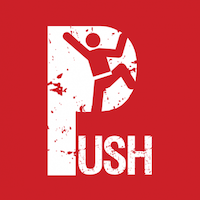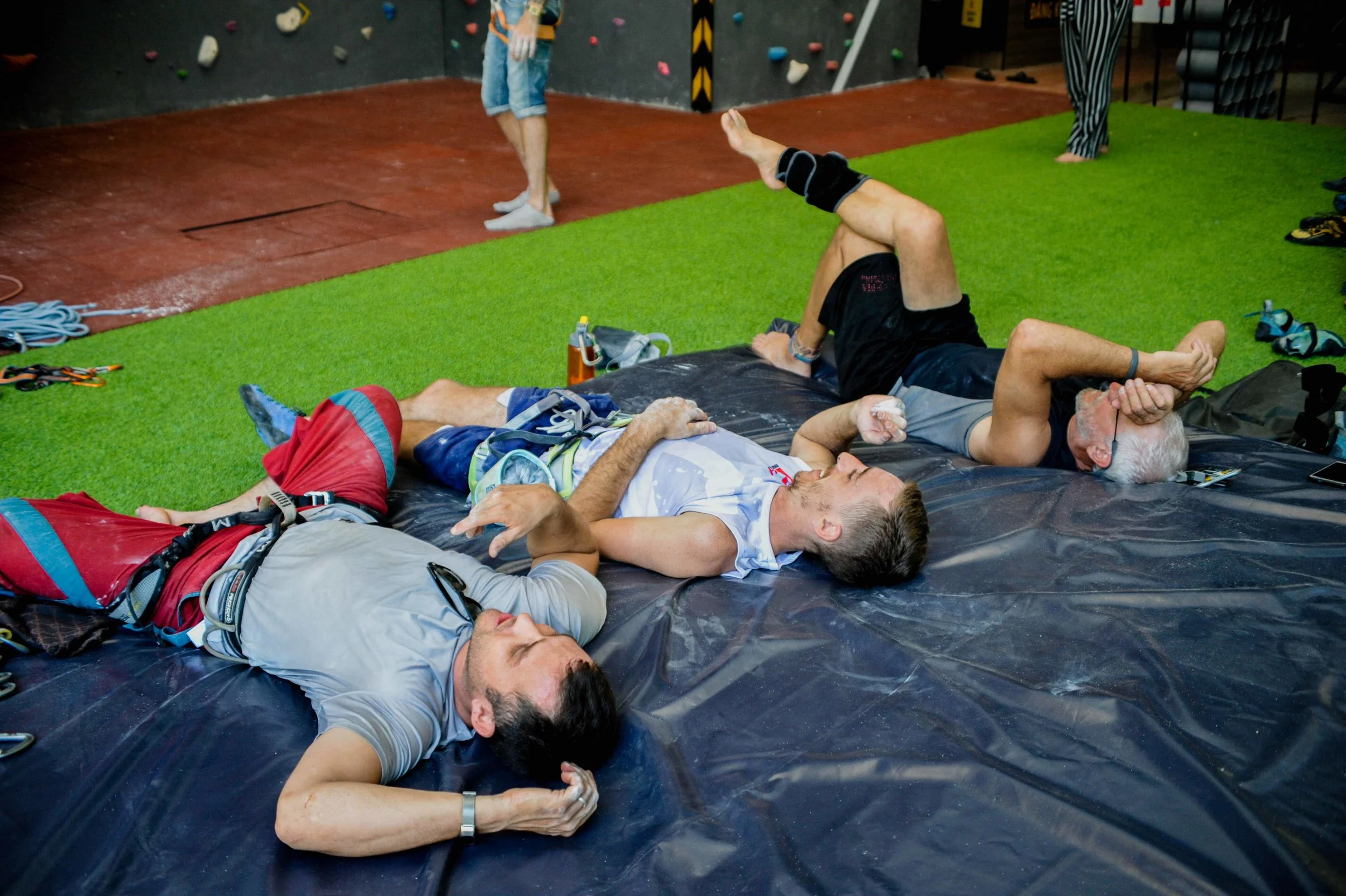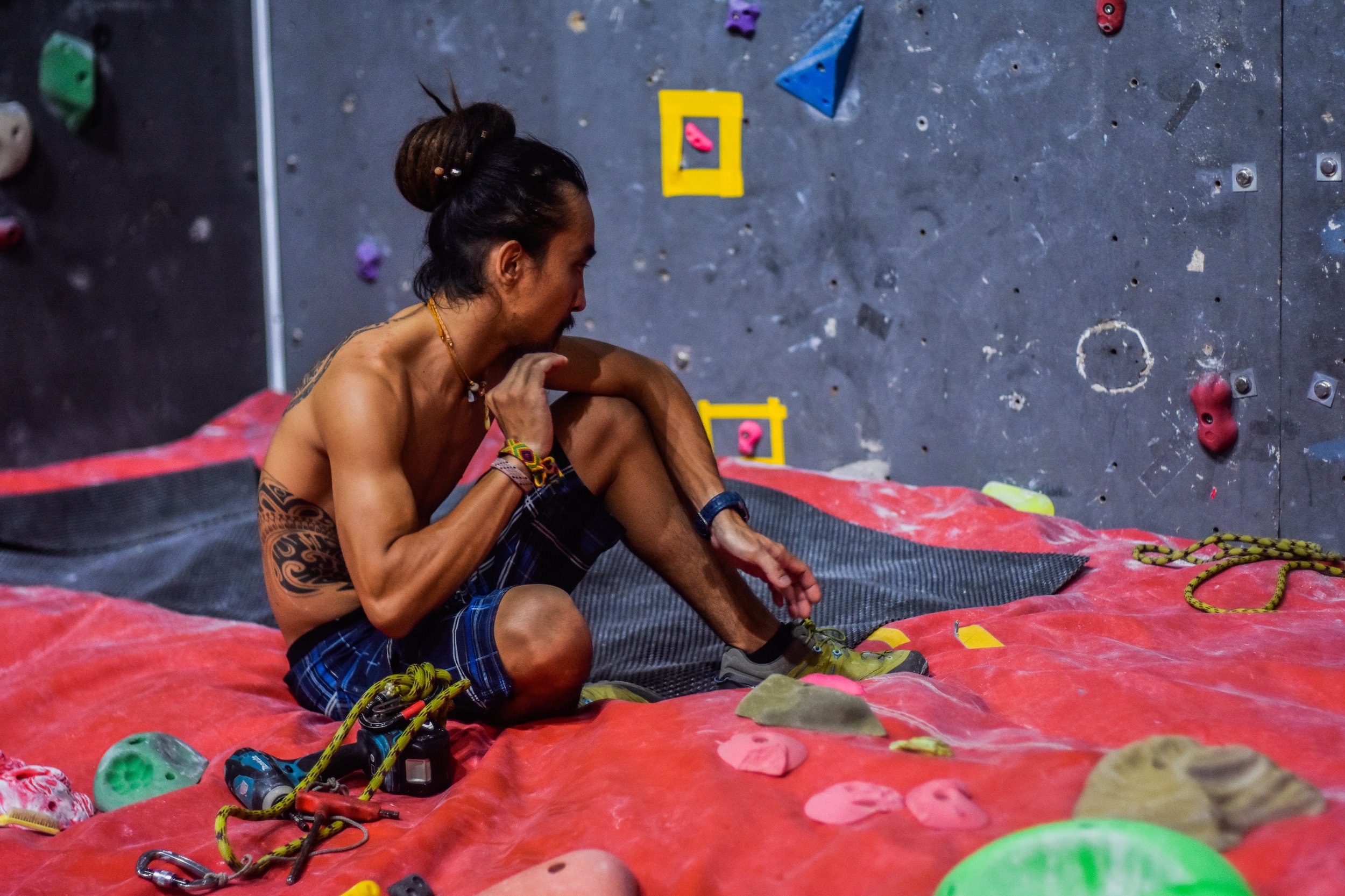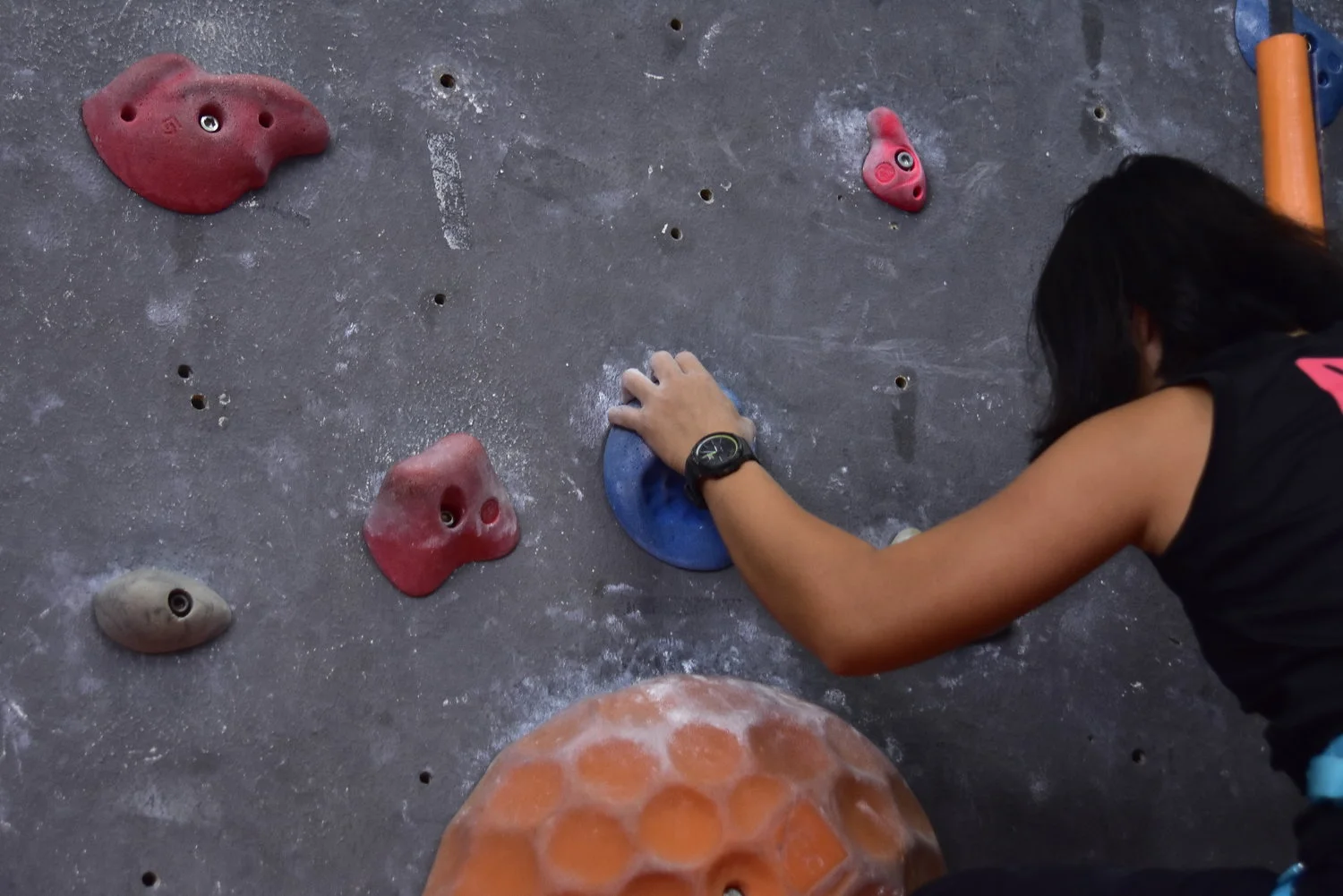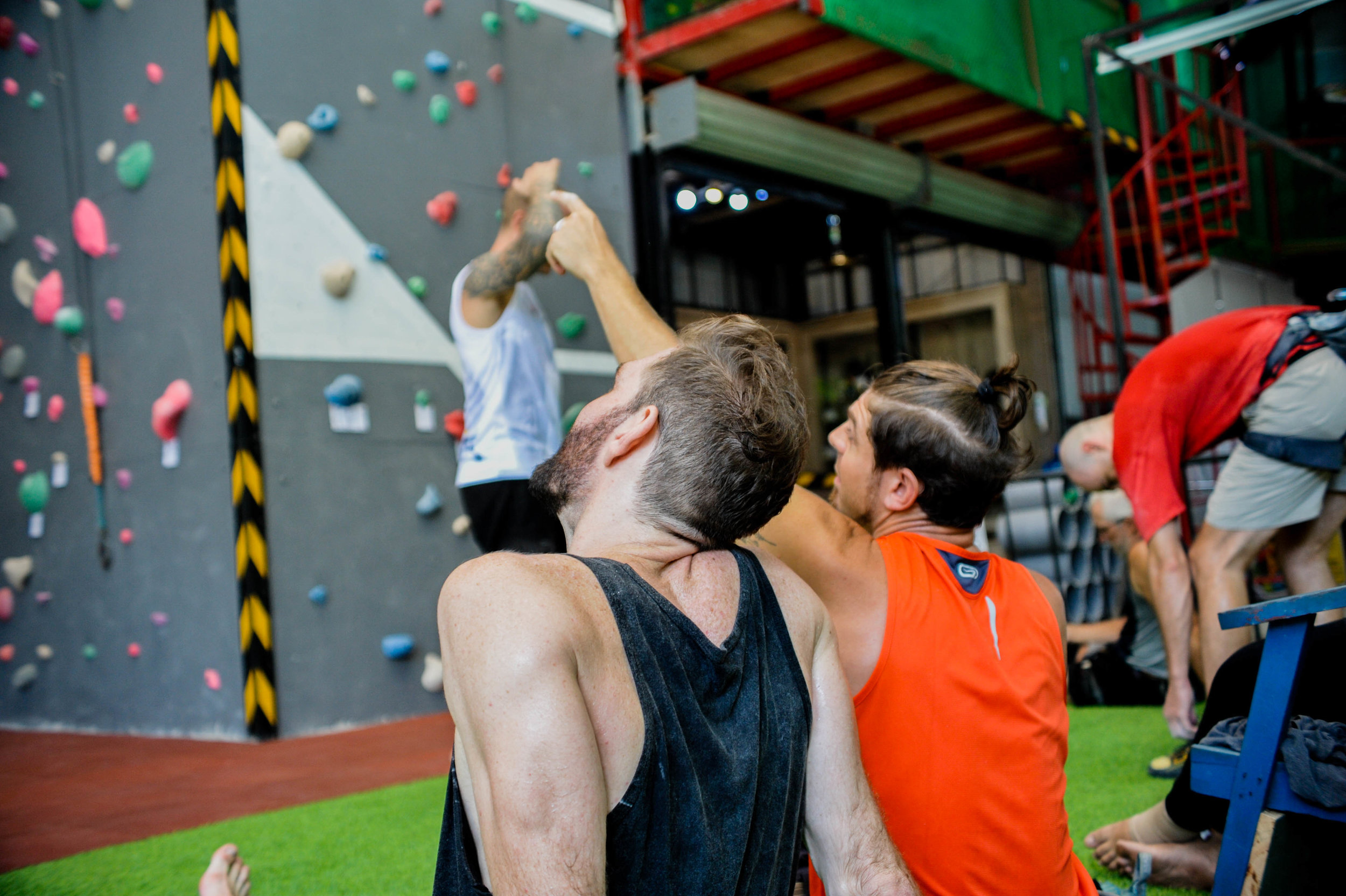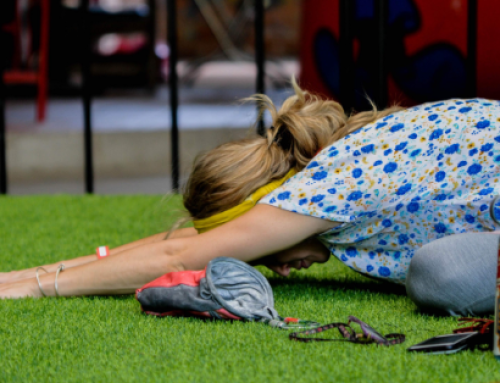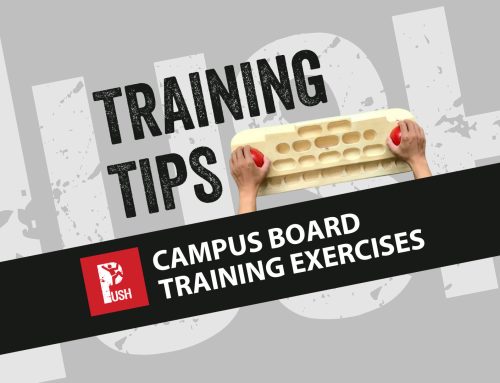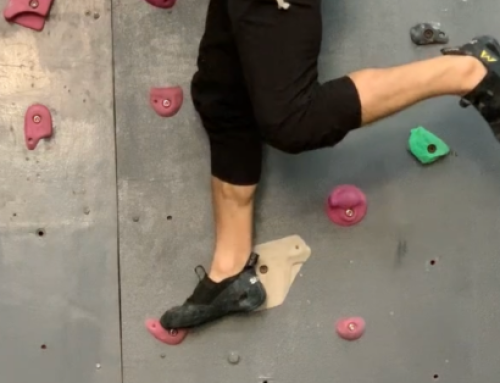Climbing is unlike other sports because technique is such a big emphasis of the craft, and partly because the climber on the wall (that’s you and me) is often the person who is least aware of their real strengths and weaknesses.
Want to know how to start your training plan in climbing?
DITCH THE EGO
There comes a point in any sport where you realise that natural ability only gets you so far and if you want to go further then it’s time to train.
If you’re a runner, a cyclist, or a swimmer you can then go and download one of thousands of existing training programs that give you exercises, repetitions, and progression. You follow them and you get better. Simple.
But climbing is different. While the sport also calls for on key strengths like flexibility, power, and endurance, there’s something more required for those who want to become elite climbers – and just doing endless core exercises or pull ups won’t solve it.
TECHNIQUE OVER STRENGTH
Most climbers left to their own choice of training exercise will probably gravitate to completely the wrong thing.
Climbing is unlike other sports because technique is such a big emphasis of the craft, and partly because the climber on the wall (that’s you and me) is often the person who is least aware of their real strengths and weaknesses.
So if you want to start training then this is your first step: go the gym, find an instructor who knows what they’re about and ask them to watch you climb and tell you where your weak points are.
DEFINE OBJECTIVES
Whether you’re a weekend warrior in it for fun (but looking to progress) or a competitive climber trying to move to the next level or snatch that trophy you’re not going to go higher in this game without the help of another pair of eyes and someone else’s climbing brain.
“Ask yourself what your end goal is” advises Push’s Fernando Romero, a climber who started out studying kinesiology and sports science. “Are you a weekend warrior in the making, or do you want to feature well in local competitions.”
As Fernando points out most of us who give climbing a try are at least a little athletic. “There are very few with no athleticism because, well frankly it’s a little bit scary. The best thing if you have a sporting background behind you is to continue a bit of what you did before and focus on multi sport training. You want cardio, you want to lose a little weight so you’re pulling a bit less, and you want weights for strength, for range of motion, and improved recovery time.”
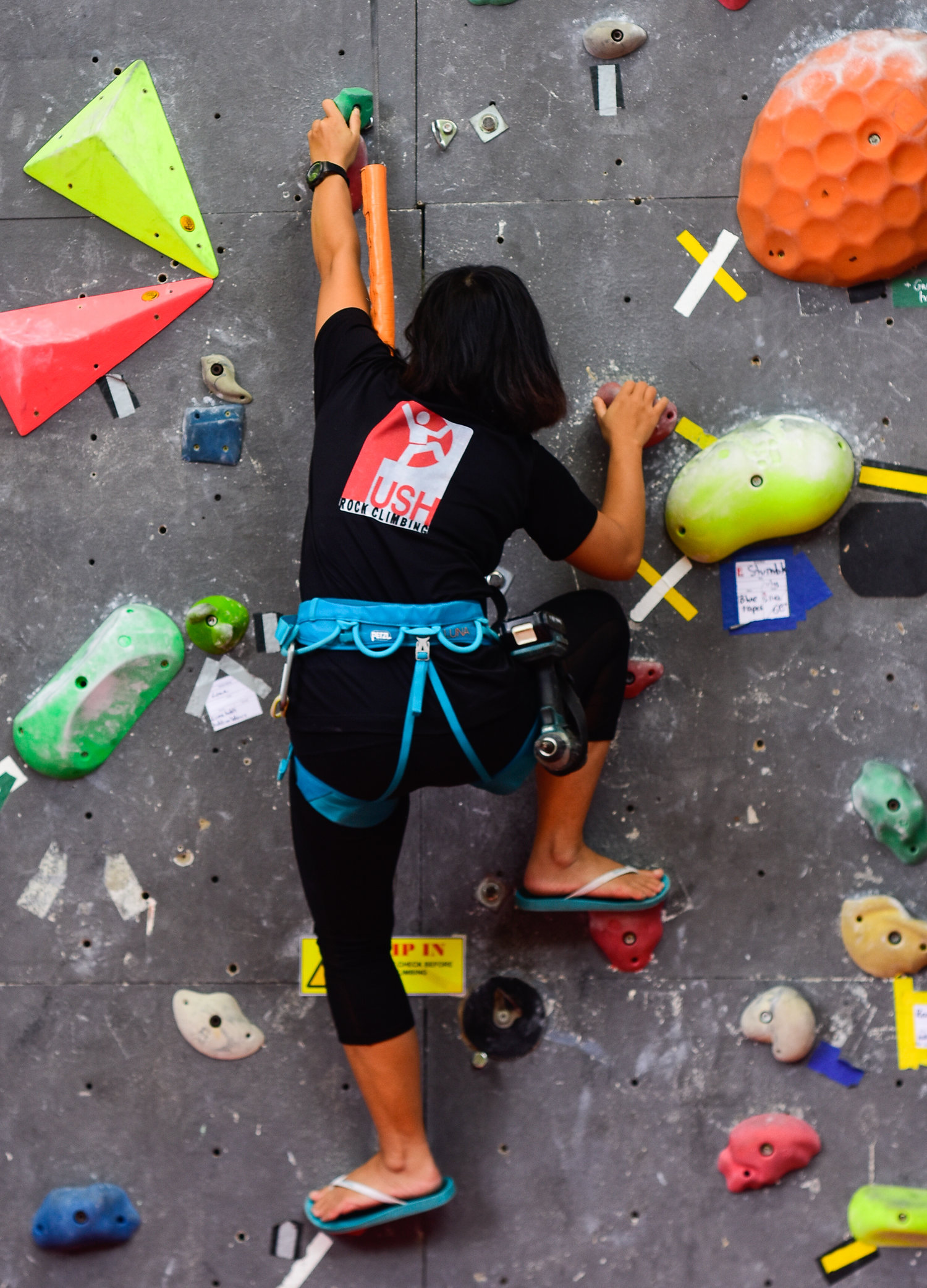
GET LIMBER
So far so good, but for the more casual climber Fernando points out that stretching, often an afterthought in non-climbing gyms, is often the missing ingredient. “Stretching is a big part of it – not just for the ability to reach further, but for preventing injury through suppleness.”
Push instructor Franklin Buenafe, he himself in training for the Push Rocktoberfest, couldn’t agree more.
“First thing’s first: I like to stretch from head to foot including neck, shoulders, fingers, leg joints, and then from there if you feel any pain there that’s a signal. You need to stretch until your body is used to it.”
The soft approach isn’t perhaps what the casual climber is expecting, but Vy Hoang, another of Push’s intrepid instructors, emphasizes exactly the same point.
“When you’re training you should focus on learning to climb as lightly, and as softly on your body as you can,” she said.
TIP 1: Building Up from Cross Training
Remember the first time you tried the wall? And the day after you were a bit sore in muscles you didn’t know you had? Right across your back, in the shoulders, in the calves, and yes, in the fingers.
Funnily enough it’s that feeling of using so much of our body that brings us into the sport. The only danger is that for the casual climber there is the risk of coming back to the wall after a break and throwing yourself into it with more enthusiasm than body preparation.
Those in the know teach that the second stage in climbing training (after submitting to someone else’s judgement) is to first do the cross training you were used to and add flexibility.
TIP 2: Slowly Increase Strength and Endurance
Next is gently increasing the emphasis on strength and endurance. Franklin likes to mix it up a little varying from a hard week to a light one.
“I work on finger strength, usually by holding slopers, pinch holds, or big holds, then a rest, then back to traversing,” or climbing laterally rather than going up or down. On campusing, or climbing without use of the legs, Jun said it’s best to build up to that rather than jumping right in.
“Yes, but the best way is not to walk in to the gym and start hanging from the (campus) boards. I start low and work up.”
TIP 3: Think Beyond Just Strength
Jun Vidal, instructor and competitive climber, creates training programs for Push climbers. He also stresses the importance of basics.
“For me technique is better than power, so whenever I train I go back to the basics, over and over. “Basic moves like traversing, and sequence climbing where you have numbered holds and have to climb in sequence focusing on foot placement.”
Jun is working with a number of climbers ready for Rocktoberfest. One of his beliefs is that while core strength moves like the plank, or power moves like pull ups are key to developing muscle, they work best if they are combined with real climbing. Jun puts his fellow climbers through a routine where, for example, they plank for three minutes but then go straight to the wall and climb with tired muscles.
TIP 4: Don’t Just Get At Climbing But Also At Training
Every instructor also felt that the perceived importance of finger strength, useful as it is, is secondary to technique and that lots of climbers over emphasize the idea of muscle development when really they should be looking at their foot placement.
“I’ve been working in climbing gyms for fifteen years and I see a lot of intermediate climbers with egos. You can’t even tell them they need to focus on their feet – they just get mad at you,” Jun said.
And the worst type of training you can do?
“I don’t know if you can call it training,” said Jun, “but the worst thing I see people do is watch YouTube videos and get inspired to jump straight into things like one-finger holds.”
